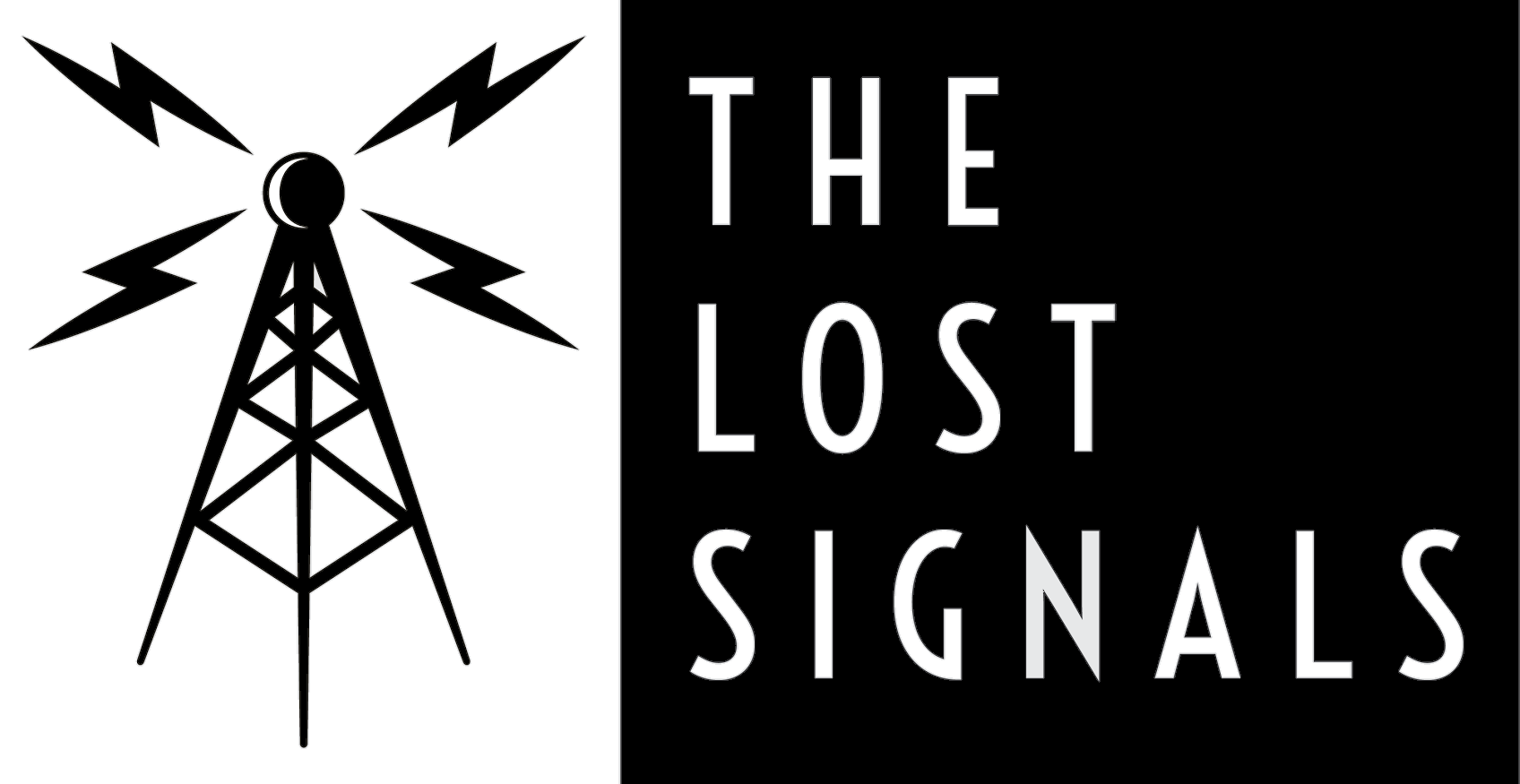In our podcast about “Star Trek Beyond,” I argued that Michael Giacchino’s score could be considered a supporting character. He teases the main theme throughout the movie, using its buildup [0:00-0:42–theme starts 0:43] and variations to support the progression of the story, as well as character locations, emotions and actions.
For those who haven’t seen “Star Trek Beyond”, or are not familiar with Giacchino’s score, I will give an example of a better known score that supports character actions and locations within a film.
In Steven Spielberg’s film, “Jaws,” John William’s iconic main theme helped to give the audience a sense of where the shark was geographically and the threat it posed at any given time. Starting ominously with the slow pulse of the bass instruments, the tempo and intensity of the music would build as the shark got closer or was in a more threatening position.
In both “Jaws” and “Star Trek Beyond,” music provides information about a character that cannot be seen: location, intention, emotional state, etc. Some of the narrative themes in “Star Trek Beyond” are those of internal doubt, external separation and the strength found in unity, and Giacchino’s score helps to punctuate and track all of this.
At the very beginning of the movie we hear a soft version of the main theme to introduce it to the audience during the pre-film title cards. Then as the title cards continue, Giacchino teases us with what is the actual build up to that theme, essentially reversing its order.
In the first act of the movie, Giacchino plays with the main theme, moving it from strings to piano to woodwinds and providing a backdrop as Kirk tours the Enterprise. He is giving his Captain’s Log, discussing his daily life and the lives of the crew in the tedium of deep space travel. This scene also gives the first hints as to Kirk’s personal doubts.
After making a brief resupply stop at the star base Yorktown—an enormous spherical station with winding cities, open malls and looping canals with real water—the Enterprise disembarks on a mission to find an alien vessel within a nearby nebula. However, it is a trap. The Enterprise is attacked by the villain, Krall, and his swarm of ships.
The Enterprise is destroyed and the crew abandons the ship, fleeing separately to the nearby planet. Kirk soon finds Chekov, Spock reunites with McCoy, Scotty meets a new ally, Jaylah, while Sulu and Uhura are captured and held with the rest of the surviving crew in Krall’s camp.
While all the characters are equally important to the story, the main focus of the narrative and music is centered on Kirk. It has been his emotional journey that we’ve been following throughout. As he and Chekov work to to find the rest of the crew, the main theme is softly teased in melodic variation.
Eventually Kirk and Chekov meet up with Scotty and Jaylah. Jaylah has been working to repair an old crashed Federation ship, the Franklin. Now that they have a means to escape the planet, the reunited crew members work together on a plan to locate and rescue the remaining crew. As they work, the main theme’s introduction is played, softly, before it diminishes as the scene changes.
From here the pattern continues. McCoy and Spock are found and brought into the fold, bringing new information to help rescue the crew from Krall. Once again the introduction is played, this time more intensely, but still not completing its journey to the main theme.
Uhura, Sulu, and the rest of the ship’s crew are rescued, and the seven main characters are reunited aboard the Franklin. Uhura and Sulu share what they have learned of Krall’s plans. The main crew–reunited and stronger than ever in the movie–form their final plan for escape and defeat of their enemy. The introduction is played at full volume and intensity, but once again it stops before the main theme as the ship escapes the planet and heads toward the Yorktown.
Throughout the movie the constant teasing of the main theme creates a sense of anticipation, a sense of excitement, the feeling that the movie is building to its climax. It is getting closer but is not quite there.
The Franklin pursues Krall’s ships into the Yorktown. Giacchino ramps up the excitement by constantly moving between the chase music, Krall’s theme, a variant of the main theme, back to the chase music and Krall’s theme. Then–without any buildup, introduction, or other musical cues–the main theme swoops in, full intensity and orchestration, as the Franklin rises from one of the canals on the Yorktown to stop Krall’s ships.
This theme has been a long time coming. It has followed the crew throughout the movie while eluding the audience. It has been a source of both excitement and frustrated anticipation. The return of Giacchino’s theme here at the film’s climax provides a visceral sonic release that compliments the visual in celebrating the success of our heroes.
It seems fitting that I write my first article for our monthly newsletter as Star Trek celebrates its 50th anniversary. This particular journey began on February 27th, 2015, the day The Lost Signals recorded our first podcast, and the day Leonard Nimoy died. It is a day I look back on with both joy and sadness.
Star Trek has been an inspiration to me as a musician, a writer, and a person all my life. I am beyond grateful to now have the opportunity to combine all those inspirations in one article.
-Chris Morgan, September 2016

Recent Comments